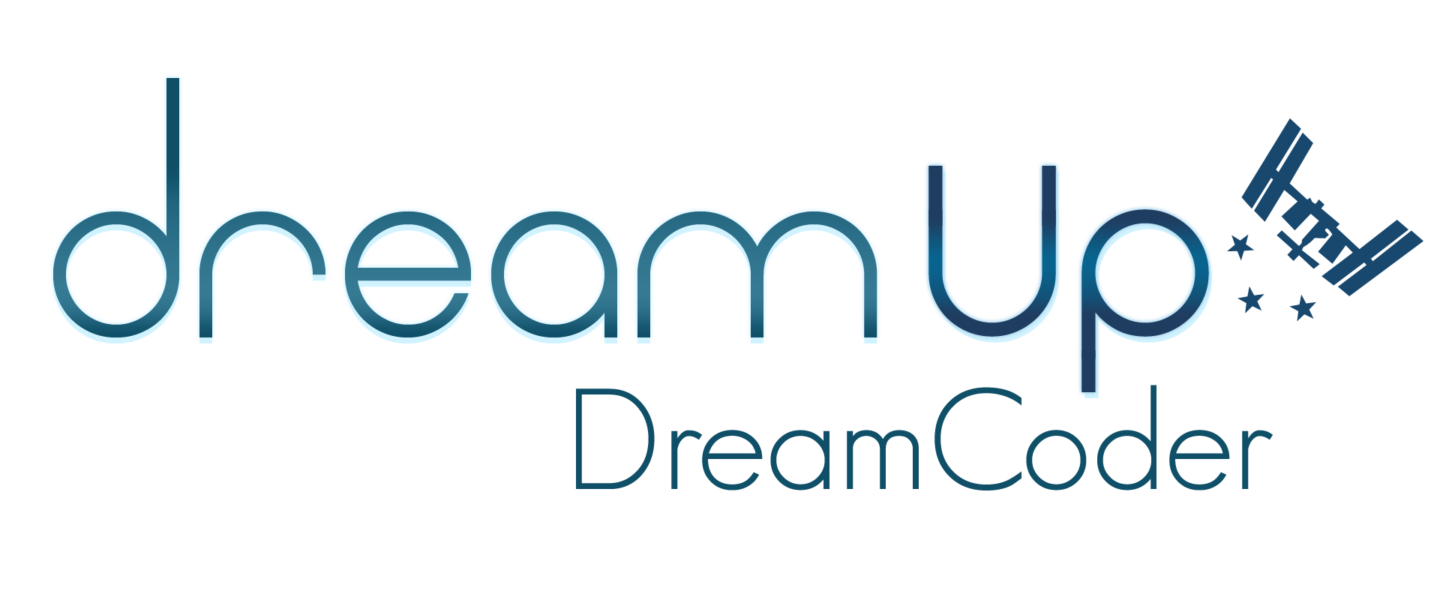
DreamCoder introduces students to the basics of computer engineering with a truly out-of-this world lab. No experience is necessary to begin designing and testing experiments as soon as your hardware kit arrives. When the code is ready, we’ll send it to our identical equipment onboard the International Space Station (ISS).
DreamCoder lessons tackle real-world problems with Python3 concepts. The Launchpad is your mission control, where you write and test code. The curriculum guides students through the engineering design process from start to finish, building skills in:
Project Management
Software Development
Data Science
Communications